Light and delicious, and packed with Ayurvedic goodness, Indian food makes a lovely meal for breakfast
By Carol Kraal
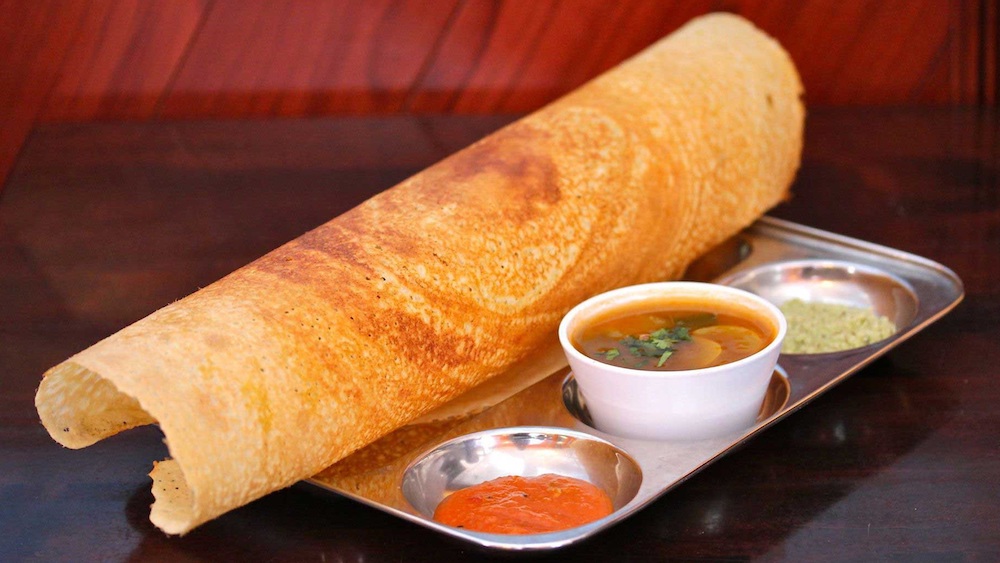
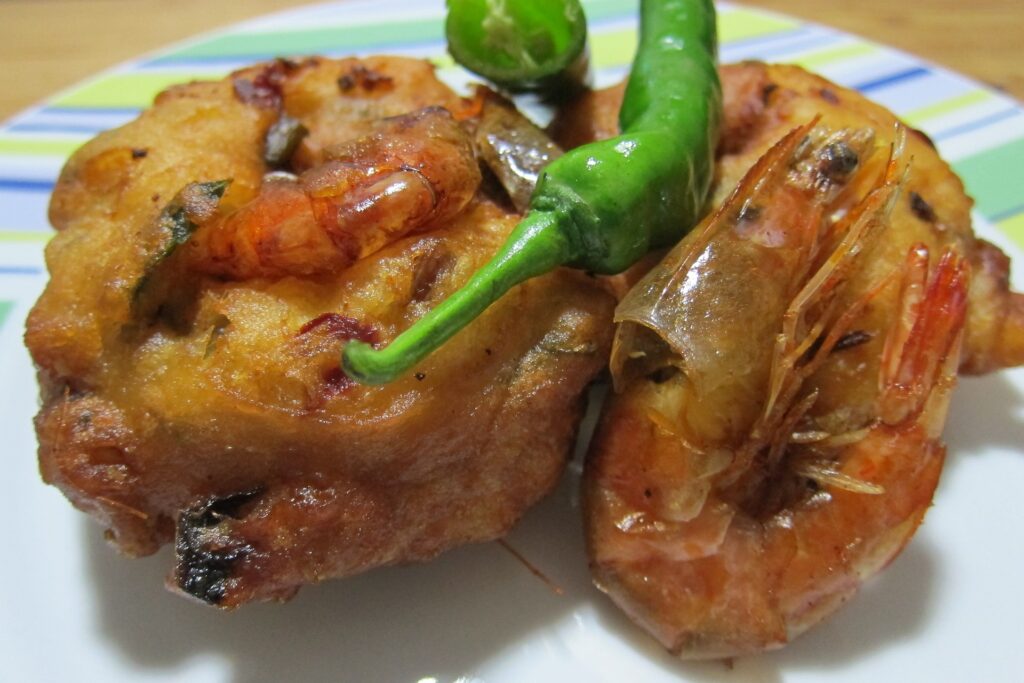
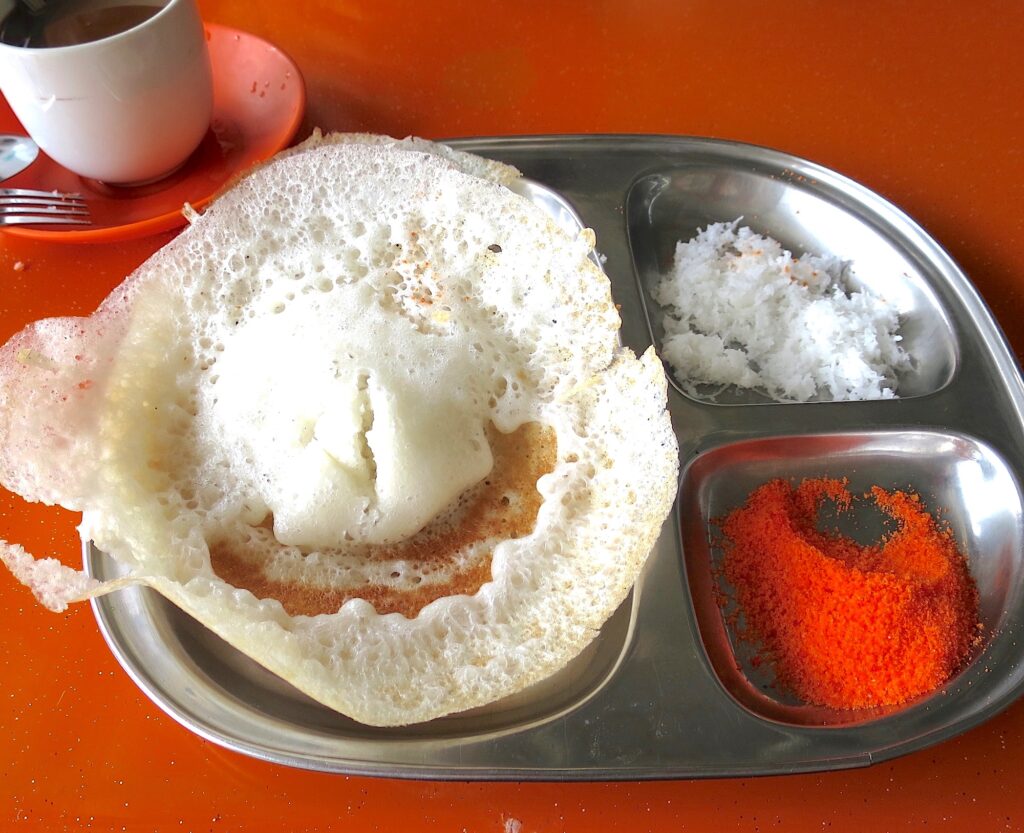
Traditional Indian cooking is not only delicious but is known for its Ayurvedic functional properties. Ayurveda has been around since 700BC and aims at the holistic wellbeing of mind, body and soul. Every spice, herb and ingredient comes together in a method of cooking that “does something good” for keeping the balance of your health and lifestyle.
When I’m away from Singapore I sometimes crave for a dosai with its coconut chutney and sambal. Or a spongey idli. For a sugar hit I love UFO-like appom or puttu mayam with grated coconut and orange jaggery sugar.
When my sister visits from Paris, one of our favourite eating spots in Singapore is Arunachala Bhavan at Race Course Road.
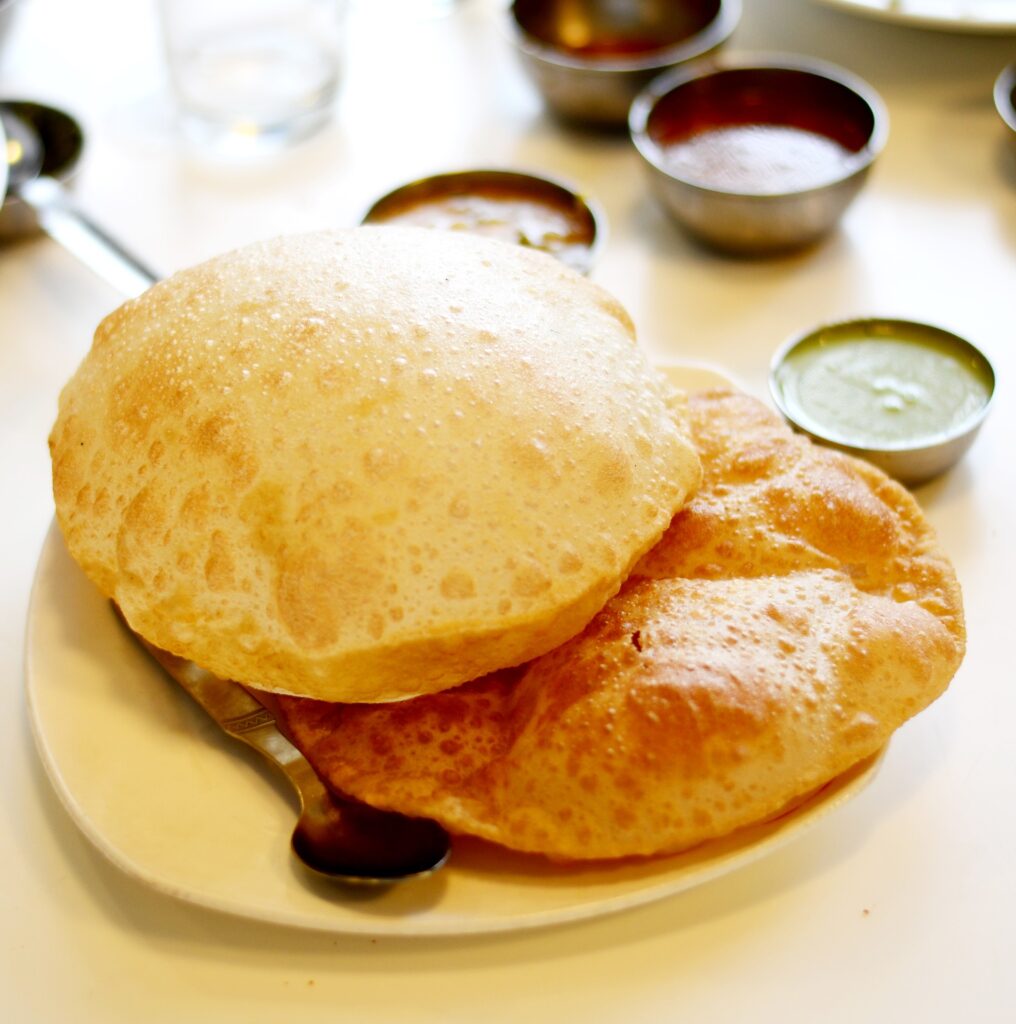

Recipe by Devagi Sanmugam
RAGI DOSAI (MILLET DOSAI)
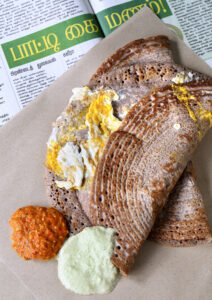
200g whole white gram, washed and soaked for 6 hours
15g fenugreek, washed and soaked for 6 hours with the white gram
80g cooked rice
1100ml water (estimate)
400g ragi (finger millet) flour or buckwheat or red rice flour
100g atta flour (fine wholemeal)
15g salt
1. Place drained white gram, fenugreek and cooked rice into a blender. Add in the water and blend till very smooth.
2. Pour the blended mixture into a deep pot. Add in both flours and salt and mix to form a lump free batter.
3. Cover and leave it overnight or for 12 hours, to ferment.
4. After it is fermented, stir the batter well and test to see if it is of pouring consistency. It should be thick-ish but fall off your spoon easily.
5. If not add a bit of water to dilute the batter.
6. Lightly grease an iron griddle with the oil. Pour about one ladleful (1/2 cup) batter to the centre of the griddle.
7. Using the back of your ladle, gently spread the batter with a circular motion from the centre towards the sides of the tawa.
8. Drizzle about 1 teaspoon of oil around the edges of the dosai if desired
10. Using a spatula, flip the dosai to cook the other side.
11. Fold into a semi-circle and serve.
TOMATO CHUTNEY
1 tablespoon cooking oil
2 teaspoons white gram
3 tablespoons Bengal gram
1 teaspoon mustard seeds
1 tablespoon oil
200 g onion, chopped roughly
3 garlic cloves
15 dried red chillies, cut into 2 cm pieces and soaked
3 cm ginger, sliced
2 sprigs curry leaves
700g ripe tomatoes, seeded and chopped
½ teaspoon asafoetida powder
1 ½ teaspoons salt
50 g tamarind mixed with 300 ml water
1. Heat oil and fry the two lentils and the mustard seeds till golden brown.
2. Remove from wok. Heat remaining oil add in the onion, garlic, ginger, chillies, curry leaves, tomatoes and asafoetida powder and saute till the rough smell of raw smiles goes off.
3. Cool thoroughly.
4. Put the sautéed ingredients, salt and tamarind water into a blender and blend till almost smooth. Add in the fried lentil mixture and grind coarsely.
5. Serve with dosai, idli etc.
A Chat with Spice Queen Devagi Sanmugam – chef, cookbook author, businesswoman

There are quite a number Indian dishes that requires fermentation. It is for health benefit and for flavour too.
What are your favourite 3 Indian breakfasts?
1.Dosai – I only eat dosai using millets or other grains as they are low in glycaemic index
2. Idli – again I usually use any kind of millet or red rice flour
3.Corn or Ragi or red rice flour puttu or idiappam (puttu mayam)
What drink goes well with a lovely dosai?
Hot coffee or tea – both are good. I prefer black coffee.
Do I need a special frying pan to make dosai?
A thick cast iron flat pan of about 28 cm will be ideal. Cast Irons give great heat retention and they also develop a natural non-stick coating over time if you treat them correctly. A non-stick pan is also good. I have both.
A number of these food items have a fermentation element like toddy, coconut water, yoghurt, rice. Traditional Indian cooks must have known about the health benefits way before the kefir/kombucha craze. Or is fermentation mainly for flavour?
There are quite a number Indian dishes that requires fermentation. It is for health benefit and for flavour too.
Fermentation of batter can be done with the addition of toddy, coconut water, yoghurt, cooked rice or cooked flour (like a roux). Some Indians even put one or two seeds of tamarind (still with the pulp) into a prepared batter to trigger fermentation.
Fermented batter is also used for making Indian sweets like jalebi and jankari and there are also fermented drinks like kanji made from fermented beetroot.